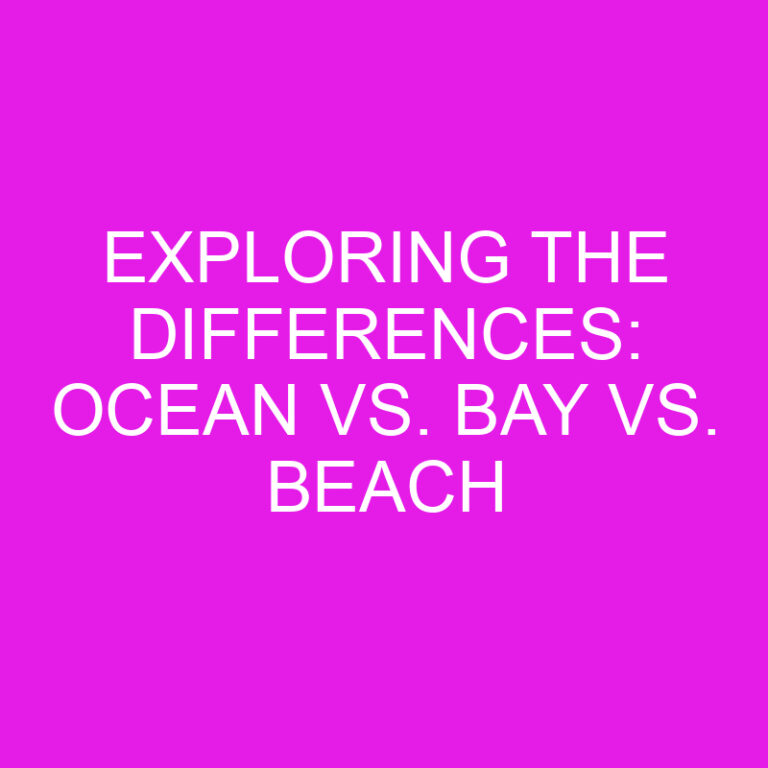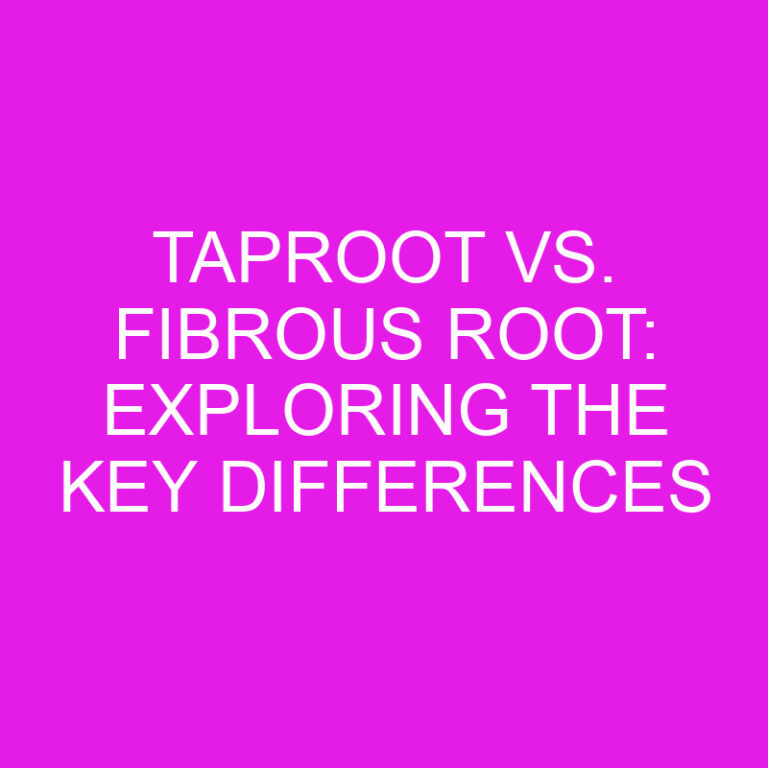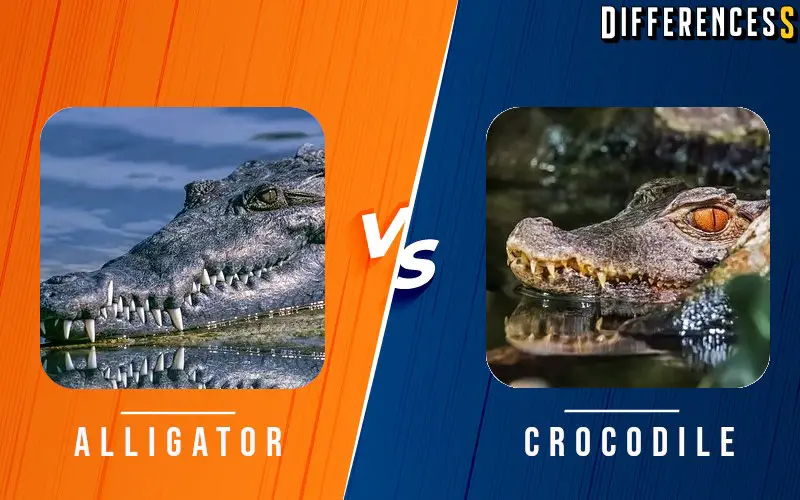
Post Contents
- Physical traits: Crocodiles and Alligators
- Diet: Alligators vs Crocodiles
- Hunting Habit: Alligator and a Crocodile
- Crocodile Species: How many crocodile species are there?
- Alligator Species: How many species of Alligators are there?
- Fun facts for kids:
- Alligator vs Crocodile Face off: Who would win?
- Comparison Chart: Alligator vs Crocodile
- Comparison Video: Alligators vs Crocodiles
- FAQ’S: Frequently Asked Questions
Physical traits: Crocodiles and Alligators
What do Alligators look like? characteristics of alligator.
What’s the Difference Between Alligators and Crocodiles? many of us might have at least though of this once. Alligators are predominantly found in North America. They are strong reptiles with bony plates, a strong armored body having thick scales. They have strong leg muscles to carry their heavy bodies. Alligators have rounded U snouts. The average length of the female American alligator (alligator mississippiensis) is about 9 feet long whereas their male counterparts can reach length up to 14 feet. shape of the Snout of Alligators is U snout shape. can weigh between 70 to 450 kilograms. alligator’s skin depends upon the type of the water they swims in – tannic acid from overhanging trees makes them darker whilst algae makes them greener
What do crocodiles look like? characteristics of crocodile.
Crocodiles have leathery and bony skin, muscular tails, broad bodies, crocodile has pointed and long V shaped snout. The U Shaped snout crocodiles varies as per the species; an African dwarf crocodile is around 6 feet long whereas the Nile saltwater crocodile can reach a length of about 20 feet. A large American crocodile can weigh up to 500 kg and a Nile crocodile can even weigh more than 550 kilograms. Tannic acid from overhanging trees will make them darker and almost black appearance in dark water.Crocodiles are usually found in saltwater habitats.While alligators appear dark in complexion, crocodiles are usually a lighter brown, green, or gray. crocodiles are usually slower than alligators in water.
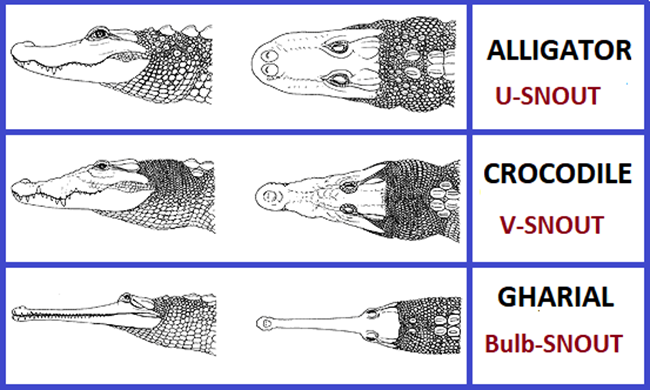
Diet: Alligators vs Crocodiles
What do alligators eat?
Alligator’s diet comprises fish, snakes, turtles, mammals, birds, etc.
What do crocodiles eat?
Crocodile’s diet also have similar constituents like alligator diets but additionally they also feed on large mammals like deer, wild buffaloes, zebra, etc. crocodiles tend to eat insects, fish, small frogs, lizards, crustaceans and small mammals. In captivity, beef and chicken is usually chopped fed to them.
What do Gharial (Gavial) eat?
Gharial is basically fish eating crocodile species usually found in Indian sub continent.
Hunting Habit: Alligator and a Crocodile
Feeding habits of the American crocodile
Both alligators and crocodiles are ambush attackers and excellent hunters. They have sharp above water vision, night vision, excellent hearing ability, and vertical pupils that enhances their night vision ability. They mostly hunt on their own and kill prey with their sharp teeth. Alligators have about 40 pairs of sharp and strong teeth. They are evolved such that its teeth grow again if it gets worn away. Alligators can grow teeth lifetime; an alligator can grow more than 2000 teeth during his lifetime.but they can’t create the look of a toothy groin as the snout shaped doesn’t have them visible.Teeth are interlaced and not visible when their mouths are closed.teeth are sometimes hidden when their mouths are closed. Crocodiles have a pronounced fourth tooth in the lower jaw that lays on the outside.Both crocodiles and alligators are expert hunters and will eat pretty much that comes their way.
What is toothy grin or Croc Smile?
Crocodiles usually can’t hide their bottom teeth, looks like they’re flashing a toothy grin. Crocodiles look much toothier even their mouths are closed; They are also polyphyodonts; they replace their teeth about 50 times during their whole lifespan. Crocodiles have teeth on their outer jaws too which are visible even when their mouth is shut but alligators don’t have teeth on the outer side of jaws, their bottom teeth are not visible..Crocodiles on the other hand flash a toothy grin with their top and bottom teeth interlacing,fourth tooth on each side of the lower jaw sticks up over the upper lip, fourth tooth can always be seen and creates appearance of a ragged smile.
There are 24 recognized species of crocodilian’s including some extinct ones, further sub divided into three Families – Alligatoridae (8 species alligators and caimans), Crocodylidae (14 species “true” crocodiles) and Gavialidae (2 species; Gharial and Tomistoma)

Crocodile Species: How many crocodile species are there?
There are 14 true crocodile species found all around the world, few of them are listed below.
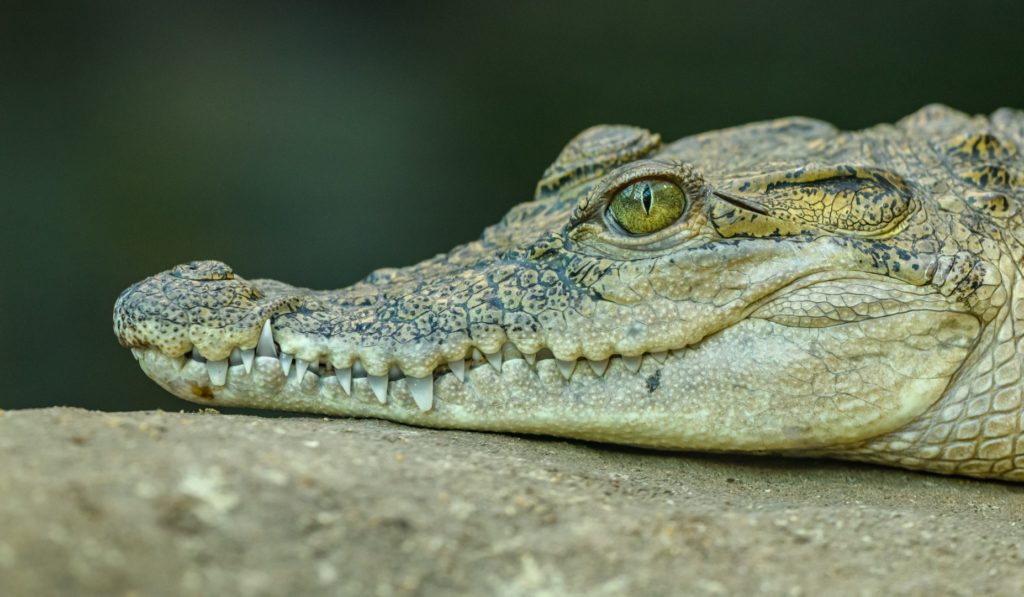
Swamp Crocodile, Mugger Crocodile
- Scientific Name: Crocodylus Palustris
- Geographical Distribution: These crocodiles live in freshwater and seldom found in shallow marshes too. They are native to the Asian continent having a significant population in India. However, they are also found in Myanmar, Nepal, Sri Lanka, Pakistan and Southern Iran.
- Physical Traits: Mugger crocodiles are 4-5 metres in length and their weight can reach about 700 kg. They are muddy-brown in colour; amidst all crocodile species, they have the widest snout.
Saltwater Crocodile
- Scientific Name: Crocodylus Porosus
- Geographical Distribution: they tend to live in saltwater habitats are found in Northern Australia, Sri Lanka and the Islands of Indonesia, Philippines, Vietnam, New Guinea.
- Physical Traits: As the name suggests Saltwater Crocodile live in coastal areas and swamps; they are tolerant of high salinity in saltwater habitats. Saltwater Crocodiles are the largest of all crocodile and reptile species.An adult saltwater crocodile has a body length ranging between 6-8 metres and can reach the weight of about 1000 kg. They have a large heavy head, oval-shaped scales and darker with the colour varying between tan to grey. However, juveniles are pale yellow with black stripes and mainly lives in the river system or freshwaters. Saltwater Crocodiles breed in freshwaters.
New Guinea Crocodile
- Scientific Name: Crocodylus Novaeguineae
- Geographical Distribution: These species are native to Papua New Guinea and Papua Province (Indonesia). They are mainly found in Sepik, Ramu, Fly and Bamu river system.
- Habitat: They live in Freshwaters; mainly in an inland river system.
- Physical Traits: New Guinea Crocodiles are small-sized crocodiles; an adult male has a body length of about 3.5 metres whereas a female is around 3 metres in length. They have narrow snouts with coloration varying between brown to grey; they have distinctive band or stripes on body and tail which is black to dark brown.
American Crocodile
- Scientific Name: Crocodylus Acutus
- Geographical Distribution: They are native to the American Continent; they are found in Central America, South America, Caribbean Islands, lowlands of Florida and along the Pacific and Atlantic Coasts.
- Habitat: They live in freshwaters in different aquatic environments; they inhabit rivers, lakes, reservoirs, brackish waters, swamps and estuaries.
- Physical Traits: American Crocodiles are medium-sized crocodiles, an adult male can have a body length of about 4-5 metres and a weight of about 400-500 kg. They have a long snout and narrow head, adults are olive-brown whereas juveniles tend to have a light tan colour. In comparison to other crocodiles, American crocodiles have fewer scales on their body..as the alligator will have none of its bottom teeth visible.
Orinoco Crocodile
- Scientific Name: Crocodylus Intermedius
- Geographical Distribution: They are found Orinico river basin in Venezuela and Meta river basin in Columbia.
- Habitat: They are freshwater crocodiles as they live in the riverine system.
- Physical Traits: Orinoco Crocodiles are medium-sized crocodile; an adult male has a body length of about 5 m and an average bodyweight of about 400 kg. They have a narrow and long snout that is curved slightly upwards. Their colouration varies from greyish green to dark green.
Johnstone’s River Crocodile
- Scientific Name: Crocodylus Johnsoni
- Geographical Distribution: They are native to the Australian Continent; mainly found in Queensland, Northern and Western Australia.
- Habitat: They are freshwater crocodiles.
- Physical Traits: Johnstone’s River Crocodile are small-sized crocodile having an average length of around 3 metres. These crocodiles have a narrow snout, large scales all over the body; they are light brown and have bands on the body.
Philippine Crocodile:
- Scientific Name: Crocodylus Mindorensis
- Geographical Distribution: They are mainly found in the Islands of the Philippines such as Busuanga, Mindanao, Negros, Dalupiri, Mindoro, Luzon, Jolo.
- Habitat: They are found in small wetland regions and rivers.
- Physical Traits: Philippine Crocodiles are counted among small species of crocodile. An adult Philippine crocodile is about 3 m in length with a weight ranging between 100-200 kg. Juveniles are golden-brown with dark stripes, as they mature their colour darkens.
Morelet’s Crocodile
- Scientific Name: Crocodylus Moreletii
- Geographical Distribution: Morelet’s Crocodiles are found in coastal plains of eastern Mexico, the Yucatan Peninsula, Northern Guatemala and Belize.
- Habitat: They are freshwater crocodiles.
- Physical Traits: Morelet’s Crocodile has a distinctive blunt snout. Morelet’s crocodile is small-sized having an average body length of about 3m and weight about 65-90 kg. The habitat of Morelet’s crocodiles overlap with the American crocodiles; they are similar in colour i.e. greyish brown. However, Morelet’s crocodile is quite smaller in comparison to American crocodiles.
Nile Crocodile
- Scientific Name: Crocodylus Niloticus
- Geographical Distribution: Nile Crocodiles are native to the African Continent; they are found in the Nile basin, Sub-Saharan Africa and Madagascar.
- Habitat: Nile Crocodiles are capable and tends to live saltwater habitats but they prefer to live in freshwater marshes and inhabiting rivers, deltas, swamps and marshes.
- Physical Distribution: Nile Crocodiles are the second largest crocodilian specie. An adult Nile crocodile can reach a body length of about 20 feet and can weigh around 650-800 kg. They have a large-heavy head, robust built, short legs and long muscular tail. Juvenile Nile Crocodiles are olive-green or dark-green in colour with bands all over the body; as they mature band fade away and they become olive green in colour.
Cuban crocodile
- Scientific Name: Crocodylus Rhombifer
- Geographical Distribution: Cuban Crocodiles are found in a small region in Zapata swamp and Lanier swamp in Cuba.
- Habitat: They are freshwater marshes alligators.and tend to prefer swamps and slow-moving rivers.
- Physical Traits: Cuban Crocodiles are small to medium-sized crocodiles; they have a short-broad head, scales all over the body and long-strong tail. An adult Cuban crocodile is about 3-3.5 and weighs around 100-200 kg.
Siamese crocodile
- Scientific Name: Crocodylus Siamensis
- Geographical Distribution: Siamese Crocodiles are found in Asia countries viz. Malaysia, Indonesia, Myanmar, Thailand, Vietnam, Cambodia, Brunei and Laos.
- Habitat: They tend to live in freshwater which include marshes, lakes, swamps, and rivers.
- Physical Traits: Siamese crocodile are medium-sized crocodiles; adult crocodiles are 3-4 metres in length and weigh about 250-350 kg. They have a broad head, smooth snout and distinctive crests over their eyes. Their colouration varies from olive-green to dark green.
African Dwarf crocodile
- Scientific Name: Osteolaemus Tetraspis
- Geographical Distribution: They are found in the African continent mainly in the west and central Africa.
- Habitat: They prefer to live in water bodies that have dense vegetation.
- Physical Traits: African Dwarf crocodiles are the smallest species of the crocodilian family. An adult dwarf crocodile has a body length of about 1.3-1.8 metres and its weight ranges between 13-30 kg. They are black with an underbelly having a yellowish tinge.
African Slender-Snouted Crocodile
- Scientific Name: Mecistops Cataphractus
- Geographical Distribution: They are found in the African Continent in the countries of Mali, Chad, Tanzania, Angola, Zambia, Gabon and Cameroon.They inhibit Saint Paul, Saint John and Mafa river regions.
- Habitat: They live in tropical rainforests along rivers and other water bodies.
- Physical Traits: Slender-snout crocodiles are small to medium-sized crocodilian specie. They have a distinctive slender snout with few bony ridges present on it. An adult slender-snout crocodile is about 2.5 metres and weight around 125-325 kg; they are olive-black.
Alligator Species: How many species of Alligators are there?
Alligators have two species and both are found in different halves around the world. Differences between alligators Species are discussed below:
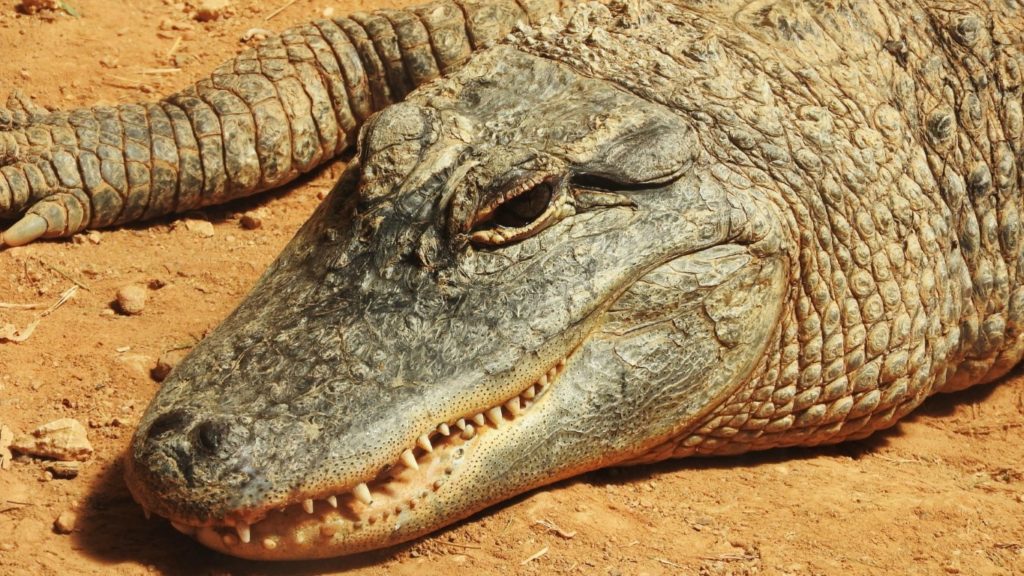
American Alligator
- Scientific Name: Alligator Mississippiensis
- Geographical Distribution: As the name suggests, these crocodiles are native to America and are mainly found in northern parts. They are found in American states viz. Georgia, Mississippi, Alabama, Oklahoma, New Orleans, Arkansas, South Carolina, California, Virginia, and New Jersey.
- Habitat: Due to their low tolerance to salinity, American alligators are mainly found in freshwater marshes and seldom lives in brackish waters.
- Physical Traits: South American Alligator is the largest reptilian specie in the United States. They are heavy and large-sized, short-limbed, armored reptiles. Unlike crocodiles, Alligators have round snouts with the upper jaw larger than the lower one due to which their teeth are not visible when jaws are closed. An adult Alligator has a body length of about 3.5-4 metres and weighs around 200-250 kg; however, the largest alligator ever recorded was 4.5 meters having a body mass of 408 kg. Adult American alligators are dark olive-black whereas juveniles are black having yellow bands all over the body.
- Scientific Name: Alligator Sinesis
- Geographical Distribution: These alligators are found in China and live in the Yangtze River Basin along the central Pacific coast.
- Habitat: They prefer to live in temperate, subtropical regions in freshwater’s.
- Physical Traits: Chinese alligators species are the smallest alligator specie. They have short-clawed limbs with partially webbed toes. Chinese Alligators have a distinctive upturned snout. Adult Chinese alligators have an average body length of about 1.5 metres and weighted around 36-45 kg. Juvenile alligators are black with yellow bands all over the bodies whereas adults are black.
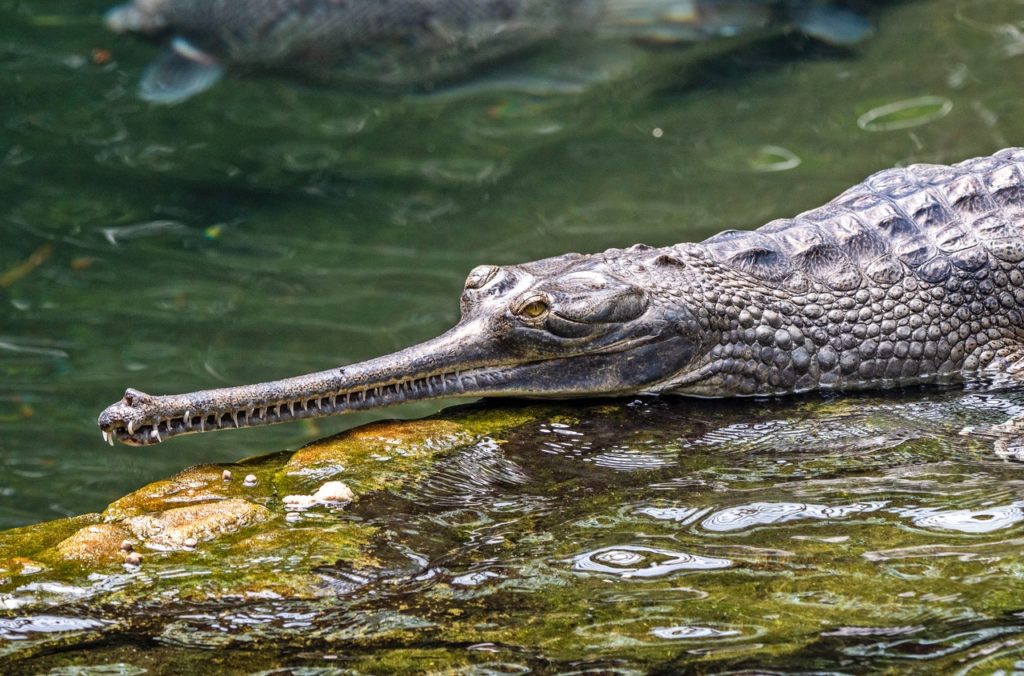
Fun facts for kids:
- The gender of alligator and crocodile babies depend on their surrounding temperature while hatching.
- Alligator leather is more expensive than crocodile leather as crocodile have bony plates that make them less valuable
- If the nest gets hatched at 34 degrees Celsius then males are born; if the temperature gets around 30 degrees then females are born.
- The lifespan of Alligators is about 30-50 years whereas the average lifespan of Nile crocodiles is between 70-100 years.
- Adult Alligator is darker in color whereas Adult crocodile are light in color.
- Skin texture Both crocodiles and alligators have sense organs on their skin
- Crocodiles also possess lingual salt glands while Alligators don’t have such efficient salt glands, which leads to them sticking to freshwater
- Alligator skin disease (Ichthyosis vulgaris) : Its a Congenital disorders of keratin characterized by non-inflammation and scaling of the skin in Humans.
Alligator vs Crocodile Face off: Who would win?
Alligators and crocodiles are both agile but Adult Alligators have higher agility than crocodiles on land and they can beat Adult crocodiles if a fight occurs on land with its sharp teeth. But crocodiles are known as the “king of waters”, they are invincible animal in the water. They have an edge in water due to their comparatively large size and large teeth. Based on the above facts, we predict if a battle occurs between alligator and crocodile, then adult crocodile would rise as a winner.
When a duel happens between an alligator and a crocodile?, it becomes very tough to determine who would be the winner. Alligators have large and wide snouts which give its powerful bite force of about 2,125 psi but a saltwater crocodile bite force can reach the deadly level of 3,700 psi (highest on the earth). crocodiles and alligators rarely encounter each other in the wild, Apart from these adult crocodiles are aggressive, they are intolerant to any activity around them; whereas alligators are quite docile in comparison to crocodiles. As both are amphibians here two case arises, fight on land and water.
Comparison Chart: Alligator vs Crocodile
| Comparison Heads | Alligators | Crocodile |
|---|---|---|
| Kingdom | Animalia | Animalia |
| Phylum | Chordata | Chordata |
| Order | Crocodilia | Crocodilia |
| Family | Alligatoridae | Crocodylidae |
| Subfamily | Alligatorinae | Crocodylinae |
| Mainly found in | Southeast United States | Africa, Asia, America. Australia |
| Habitat | Freshwater, slow-moving rivers, swamps, marshes and lakes,freshwater marshes |
Lives in river, lakes, wetlands, brackish waters |
| Length | About 14 feet | Can grow upto 20 feet |
| Weight | 300-450 kg | 700-750 kg |
| Bite Force | 3,700 psi | 2,125 psi |
| Lifespan | 30-50 years | 70-100 years |
Comparison Video: Alligators vs Crocodiles
FAQ’S: Frequently Asked Questions
Which is bigger alligator or crocodile?
Alligators can often reach at least 14 -15 feet in length
Crocodile species can reach upto 17-18 feet in length.
Why are crocodiles so aggressive?
Crocodiles are ectothermic (cold blooded) creatures.This means they hunt more when it’s warmer
Which is the biggest Alligator around the world?
The world record holder alligator was measured to be 15 feet 9 inches long and weighed 1011.5 pounds on August 2014.
Do crocodiles really cry?
Yes crocodiles have tear ducts, they weep to lubricate their dry eyes when they have been out of water for long. but the sayings (crocodile tears) are not logical in this context.
What are the 4 types of Crocodilia?
Crocodilian Species can be listed as : Alligators, Crocodiles, Caimans and Gharials.
Can an alligator mate with a caiman?
No, they can‘t. Although they look similar, they are genetically too far apart
What is a death roll?
Death roll is a behavioral strategy referred to as rotational feeding in Crocodilia Species.
What are the spikes on a crocodile called?
Spike on an alligator’s back are called as scute. scute has bone that helps protect the alligator from attack.

